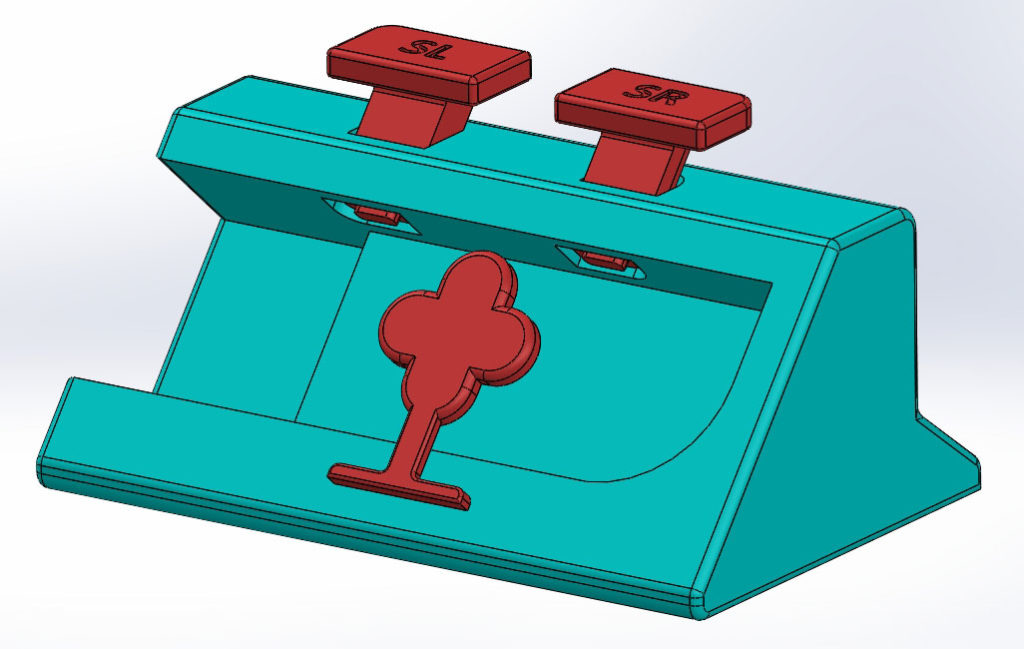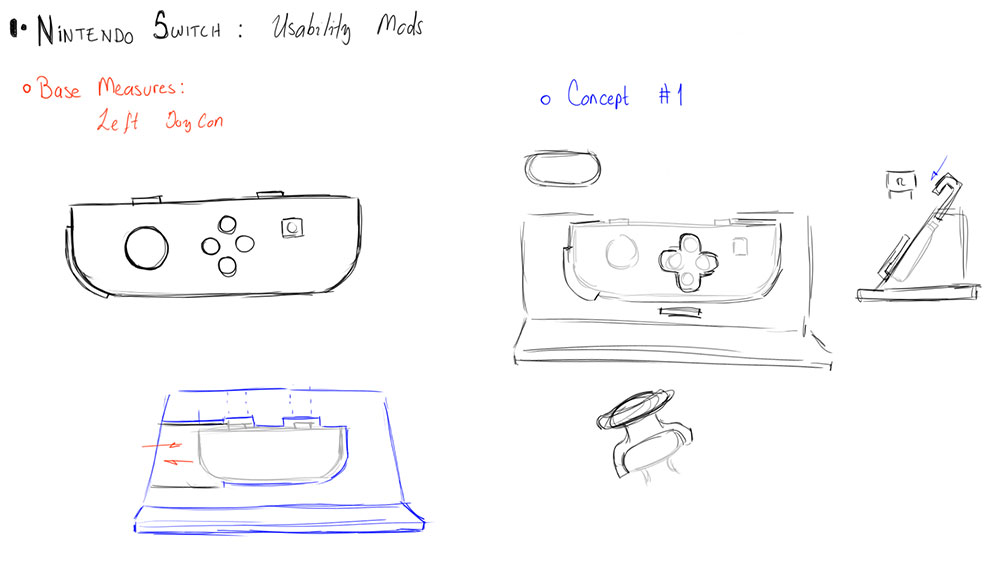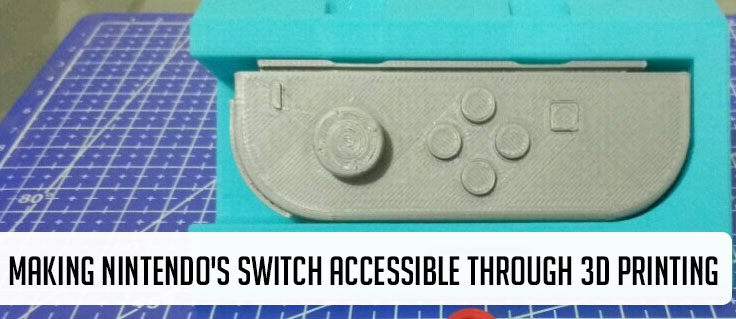While I haven’t been able to get my hands on a Switch, I am still following the accessibility reviews coming in from disabled gamers. One big issue is the Joy-Con controllers and the inability to remap their buttons in many games. When disabled programmer and designer A.J. Ryan emailed Nintendo about this access barrier, their response was anything but appropriate. An employee from Nintendo wrote: “I realize it can certainly be very frustrating to not be able to enjoy the same games as many others do due to having an unfortunate condition, and we sincerely empathize.”
Nintendo here is framing inaccessibility as a personal challenge to overcome rather than a design flaw that needs fixing. They are patronizing A.J. for wanting inclusive access rather than directly addressing the problem, and in the process, further stigmatizing disability in gaming. I’ve stated over and over again how accessibility cannot be an afterthought, and that it must be part of game development from the start. While disabled gamers wait for this tide to change, we make and rely on our hacks to play. We depend on the creativity and ingenuity of the disability community and non-disabled people working with us to partake in our favorite hobbies.
One such ingenious person is Julio Vazquez, a mechatronics engineer using the power of 3D printing to build accessories for disabled gamers; his latest project is a design for the Nintendo Switch’s Joy-Con. I was excited to interview him and learn more about this project.

Erin: Hi Julio! Can you tell us about yourself and how you got into design?
Julio: In college, CAD was one of the main subjects in my career (Mechatronics Engineering), so I was “forced” to learn SolidWorks and do a lot of assignments focused on mechanical design. However, I really liked those assignments, because they allowed me to be creative and think outside the box.
Erin: Why did you build an adapter for the Joy-Con? Why that particular console?

Julio: About six years ago, I was accepted as a collaborator in Mexico’s video game museum (which sadly, doesn’t exist anymore) and while working there, I met a girl with a genetic condition that greatly affected her motion coordination and strength. However, she really enjoyed playing video games and she didn’t let those limitations get in the way. She was a great fan of The Legend of Zelda, ‘specially the games for the GameBoy and SNES – mostly because the button layout for those controllers was easy to operate and she could fully enjoy the experience of the games. Starting with the N64 game Ocarina of Time, she required assistance from another person to play because the shape of the controllers was really complex and the game itself required some precise combinations of buttons and joystick movements that she couldn’t perform by herself.
At the time, I didn’t know what I could do to help. And she left us before I could finish my career and get involved in 3D printing and learn more about ways to adapt game controllers and consoles to become more “friendly” with [other disabled gamers].
Last week, I heard about a contest in MyMiniFactory around designing accessories for the Nintendo Switch. And then, my memories about this girl returned to me. So, I decided to make an accessory that would allow players like her to use the Joy-Con controllers easily.
Erin: Did you encounter any design challenges along the way?
Julio: The main challenge was making the design without having a console to test it, and without having someone who would give me feedback. You’ll see, in Mexico (due to a lot of factors, such as the exchange rate for the US Dollar, and the way that Nintendo’s authorized distributor operates) the Nintendo Switch has a base price of 10,000MXN (around 535 USD), and the first batch of consoles was scarce. So, it was difficult for me to find someone who owned the console or getting to purchase one.
In the end, I decided to download a 1:1 model of the console, print it and use it as the main reference to build the design.

Erin: Are you going to pitch the design to Nintendo?
Julio: No. My plan is to keep developing this design (hopefully, with some feedback from the community) and upload it to sites like Thingiverse and MyMiniFactory, so that anyone can print and use the design freely.
Erin: Why do you think it’s important to make games more accessible?
Julio: Because I think that gaming is a hobby that allows us to break free from the negative issues that we might face in real life. It allows to feel better, happier, more “powerful” than our real-life selves. And it also allows us to “connect” with other people. By making games more accessible, we bring these feelings, and this possibility of “connection” to people who have been relegated for a long time by the mainstream video game industry.
Erin: What kind of projects would you like to work on next?
Julio: Right now, I’m working on a mod for the Nintendo 3DS for a quadriplegic gamer. I have been working on it since I first read about [him] in November, but I want to make sure that every part of the mod is reliable and relatively easy to replicate because my goal is to share the blueprints and instructions to make it.
To learn more about Julio and download some of his work, visit his MyMiniFactory page. You can also follow him to see cosplay and 3D designs on his Twitter and Instagram.


Nintendo are… Infuriating and fascinating simultaneously at times. With accessibility on the Switch, it really does look like they’ve managed to get some hard stuff right (The reviews of 1 2 Switch by blind gamers – That’s a level of blind accessibility that’s rare to non-existent outside of games on special suppliers) while not even bothering to try on the easy stuff. (… But console level button remapping of controllers, customisable by to the game, to ensure the accessibility such a feature provides across all games on their platform? Not even entertaining the idea.)
It is really cool that the 1 2 Switch is accessible for blind folks, though I think that was more an unexpected result rather than intentional accessibility work from Nintendo. And yeah, button mapping is basic accessibility!